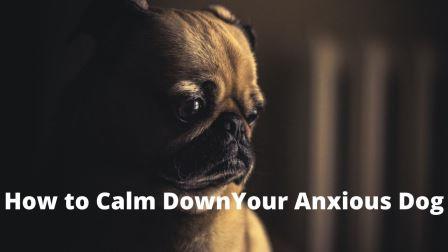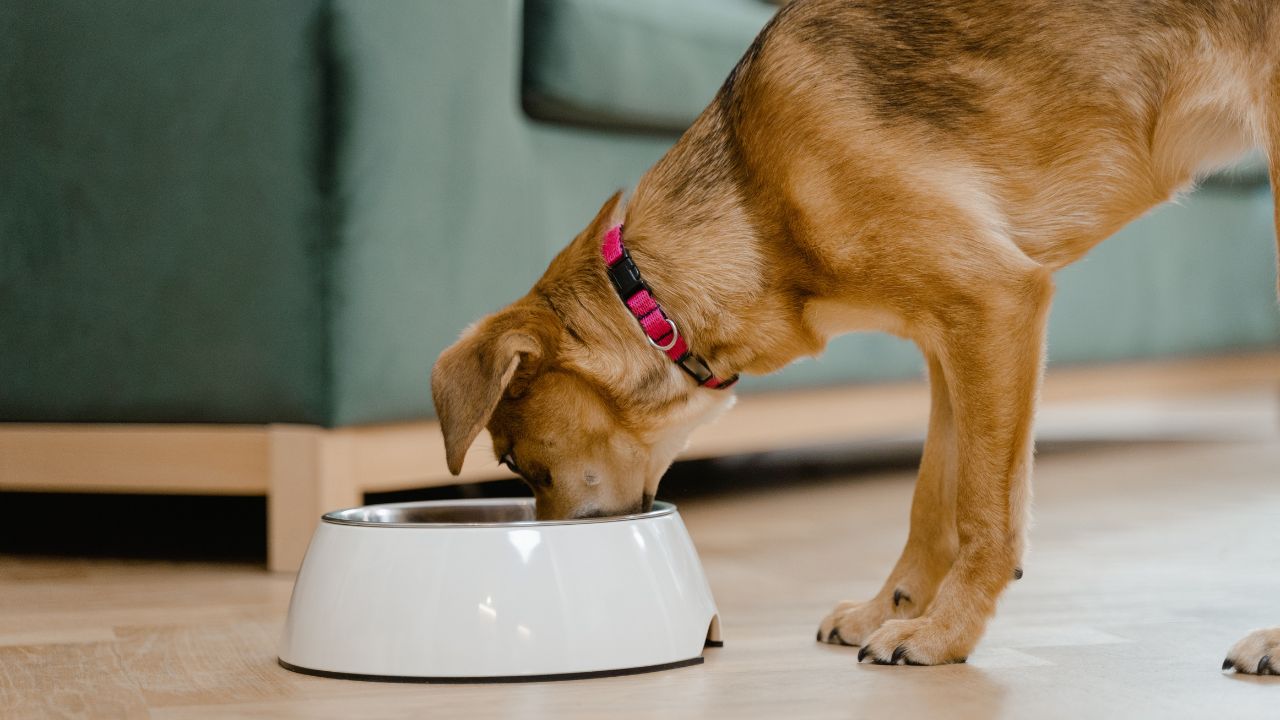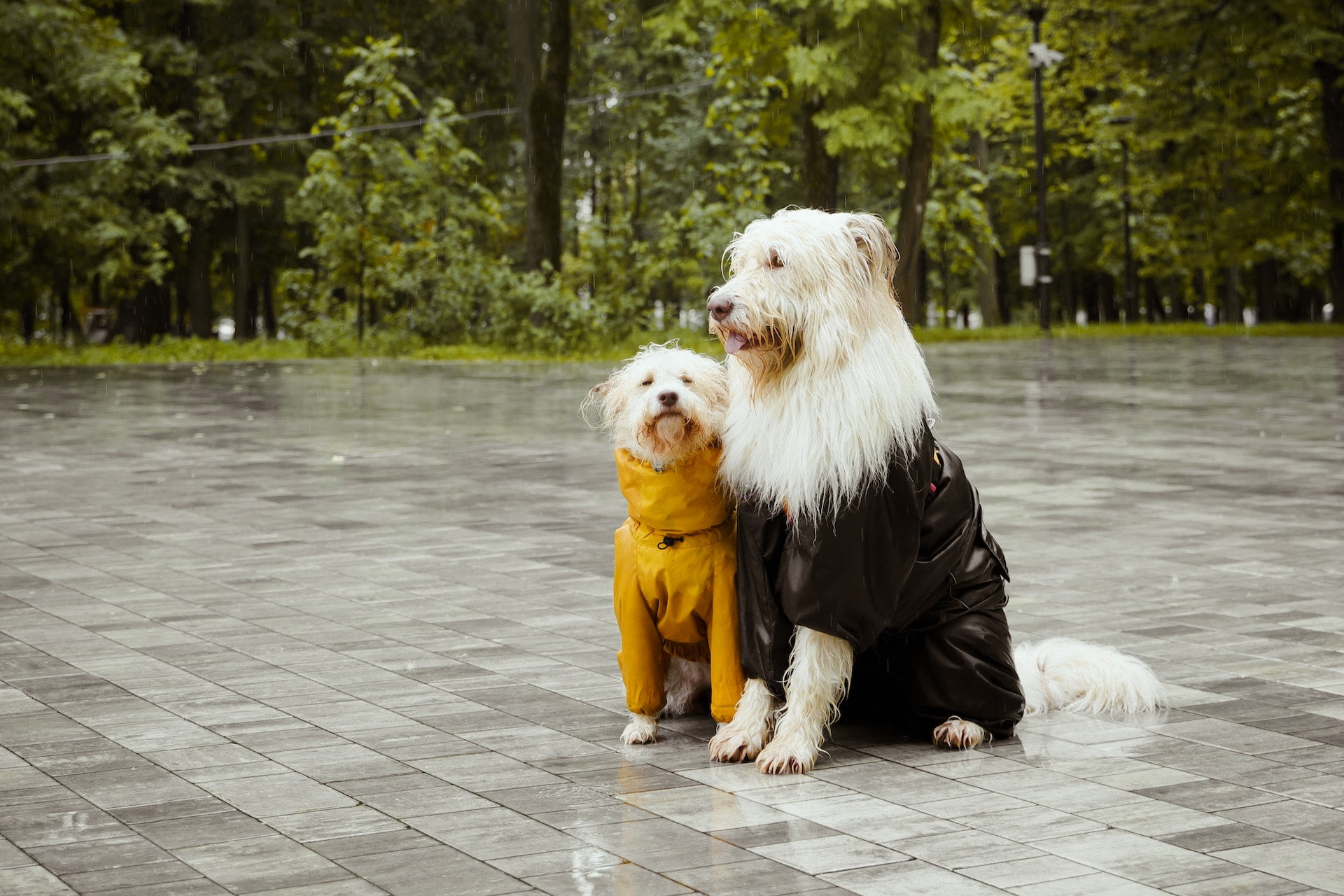
Table of Contents
If you are the happy new owner of a German Shepherd puppy, congratulations! This is one of the most amazing breeds of dogs known for their intelligence and loyalty.
As with any new pet, there will be some training required to ensure that your relationship with your dog is a positive one. This blog post will discuss some basic training tips for German shepherd puppies to help get your pet off to a good start.
German Shepherd Puppy Training-Things to remember
You must keep in mind the following tips while training German Shepherd Puppies.
Keep Training Sessions Short
One of the most important things to remember when training a puppy is to keep sessions short and positive. You don’t want your pup to get overwhelmed or frustrated, so take breaks and reward good behavior.
As with any new skill, repetition is key. Be consistent with your commands and rewards, and your dog will soon learn the ropes.
Start with Basic Commands
Every puppy should learn basic commands before they reach 6 – 8 weeks of age. These include sit, stay, come, and down. Start with one or two commands simultaneously, and be consistent in your training. Once your dog has mastered those commands, add on more.
It’s a good idea to start with the following commands:
- Sit
One of the first commands you will want to teach your German Shepherd is “sit.” This is a basic command that can be used for many different situations, such as when taking the puppies for a walk or introducing them to new animals.
To teach your pup this command, hold a treat in front of its nose and slowly move it upwards until its butt hits the floor. As they sit, say “sit” and give them the treat.
Once your puppy has successfully learned this command, you can use it in other situations.
- Stay
Another important command to teach your pup is “stay.” This can be helpful when you need to leave the room or when strangers are around.
To teach your dog this command, have them sit and then say, “stay.” Once they are in place, please give them a food treat or pet them.
After a few seconds, release them by saying “okay” and giving them another treat. As with the “sit” command, practice regularly until your pup has mastered it.
- Teach Your Dog to Respond to Their Name
One of the most important things you can do for your dog is to teach them how to respond when their name is called. This will come in handy when you are out and about or if they ever get lost.
To teach this, say your pup’s name and give them a food treat. As they come to you, say “good dog” and give them another treat. Be sure to practice regularly, so your pup will respond quickly when its name is called.
Be Positive & Consistent
One of the most important things to remember when training a puppy is always to be positive and consistent. Reward your pup for good behavior, and never use physical punishment.
This can lead to behavioral problems in the future. If you are having trouble with a certain command, take a break and try again later. Remember, Rome wasn’t built in a day!
Reward Good Behavior
As we mentioned earlier, it’s important to reward your pup for good behavior. This will help them learn what is expected of them and make training a positive experience.
Offer treats, petting, or verbal praise when they do something you want them to repeat. This will help your dog understand that they behave as you want them to.
Train in a Quiet Area
When training your dog, it’s important to find a quiet area where you can focus without distractions. This will help your pup learn commands more quickly.
If you are having trouble getting your pup to obey commands, try moving to a quieter area until they get the hang of it. Once they have mastered the skill, you can start practicing in more distracting environments.
Decide on the House Rules
Before your German Shepherd puppy comes home, it’s important to decide on the house rules. This will help them understand what is expected of them and make training easier.
Some things you may want to consider include whether or not they are allowed on the furniture, how often they can have treats, and whether or not they can bark unnecessarily.
Be sure to enforce these rules consistently so your pup knows what is and isn’t allowed.
Use a Crate for Training & Security
A crate can be a great tool for training your German Shepherd puppy. It can also give them a sense of security, which is especially important when you are away from home.
When using a crate for training, be sure never to leave your pup in there for too long. Also, ensure the crate is big enough for them to stand up and move around.
If you are using a crate for security, place it where your pup can’t see or reach anything they shouldn’t. This will help them avoid getting into trouble when you’re not home.
Be Patient
Finally, remember to be patient when training your dog. This is a new process for both of you and will take time to perfect. Don’t get discouraged if your pup doesn’t seem to be catching on right away.
With patience and regular practice, you will have a well-behaved German Shepherd in no time!
FAQs
When should I start training my German Shepherd puppy?
It’s best to start training your German Shepherd puppy as soon as you bring them home. Puppies are like sponges, and they can learn new things quickly at a young age.
What are some essential training commands I should teach my German Shepherd puppy?
Some essential commands include “sit,” “stay,” “come,” “heel,” and “down.” These commands will form the foundation of your puppy’s obedience training.
How often should I train my German Shepherd puppy?
It’s best to train your puppy in short, frequent sessions throughout the day. Aim for 5-10 minute sessions, 2-3 times a day.
How should I reward my German Shepherd puppy during training?
Positive reinforcement is key when it comes to training your puppy. Use treats, praise, and play to reward your puppy when they exhibit the desired behavior.
What are some common training mistakes to avoid when training my German Shepherd puppy?
Common mistakes include using physical punishment, not being consistent, and not starting with basic commands. It’s important to stay patient and consistent when training your puppy.
Should I enroll my German Shepherd puppy in obedience classes?
Enrolling your puppy in obedience classes can be a great way to socialize them with other dogs and learn new training techniques. However, it’s important to choose a reputable trainer who uses positive reinforcement training methods.
How can I prevent my German Shepherd puppy from chewing on everything?
Chewing is a common behavior in puppies, and it’s important to provide them with appropriate chew toys. If your puppy starts chewing on something they shouldn’t, redirect their attention to a chew toy and praise them when they start chewing on it.
Now You Know the Best Training Tips for German Shepherds
Training a German Shepherd puppy can be a rewarding experience for you and your dog. By following these
If there are too many distractions in your home, consider taking them outside or to a park for some training sessions. Puppy training can be a lot of fun, and with these tips, you will be well on your way to having a well-behaved German Shepherd. Thanks for reading!
I am a pet expert dealing with Cats, Dogs, Birds, Rabbits and Aquarium fish for the last 10 years. Now it is time to share my knowledge with you. I am very passionate about sharing everything that I learned so far about pet care. Watch my Youtube channel Petfather






